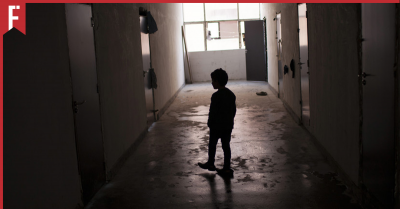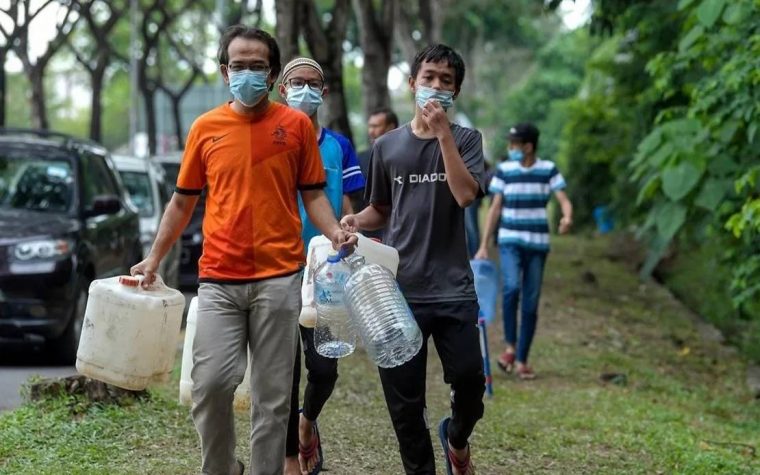
Just like millions of other Klang Valley residents, I was distraught to learn about the massive, unexpected water cut earlier this month.
It vividly brought back unpleasant childhood memories of lining up at the water tanker, carefully saving up water in a plastic barrel and taking ‘baths’ that involved dumping a bucket of water over myself because we couldn’t use the shower.
To be fair, it wasn’t all bad; it was the only time my mother would let me buy big bottles of Sprite since there was no drinking water available at home.
Unfortunately, as an adult, drinking big bottles of fizzy drinks every morning has lost its appeal. Instead, water cuts are associated with annoying questions like “how will I wash my clothes this week” and “will bugs start coming into my kitchen because I left all the dirty dishes in the sink overnight”?
Of course, that’s not even mentioning the most important question: “How long until things go back to normal?”
Why Do Water Cuts Happen So Often?
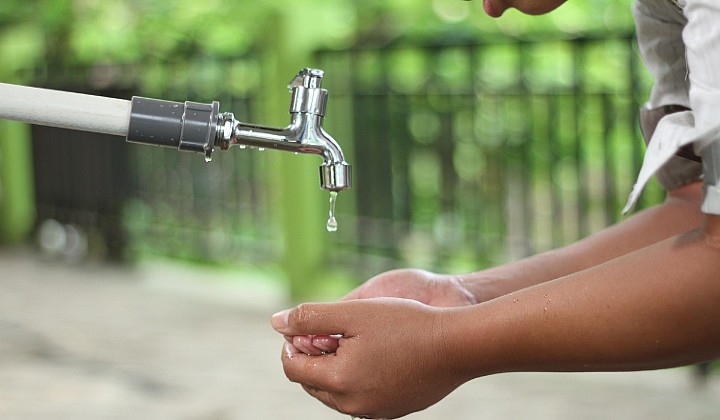
Unfortunately, water cuts are a familiar event for anyone living in the Klang Valley. In fact, according to Water and Sewerage reports from the National Water Services Commission (SPAN), in 2018 there were 11,074 unscheduled water interruptions in Selangor and Kuala Lumpur alone!
Admittedly, this number has been going down over time — just a year before, there were around 19,061 reported unscheduled water interruptions. But the question remains: What’s been causing all these water cuts?
The simple answer: Pollution
So What Exactly Happened Last Week?

According to news reports, the cause of this month’s big water cut was traced back to an illegal factory dumping industrial waste into Sungai Gong.
On 3 September 2020, Air Selangor was forced to temporarily shut down several water treatment plants (Sungai Selangor Phase 1, 2, 3 and Rantau Panjang Water Treatment Plants) after detecting dangerously high levels of pollution in Sungai Selangor.
According to a news report on Channel News Asia, the pollution level was at three Threshold Odour Number (TON) — three times the recommended level of one TON. Smelly water is not only unpleasant but is also a possible sign that the water has been contaminated by dangerous chemicals, which is one of the reasons why such drastic measures were taken.
After all, when it comes to the health and safety of potentially millions of people, it’s generally better to be safe than sorry.
Dealing with Water Cuts
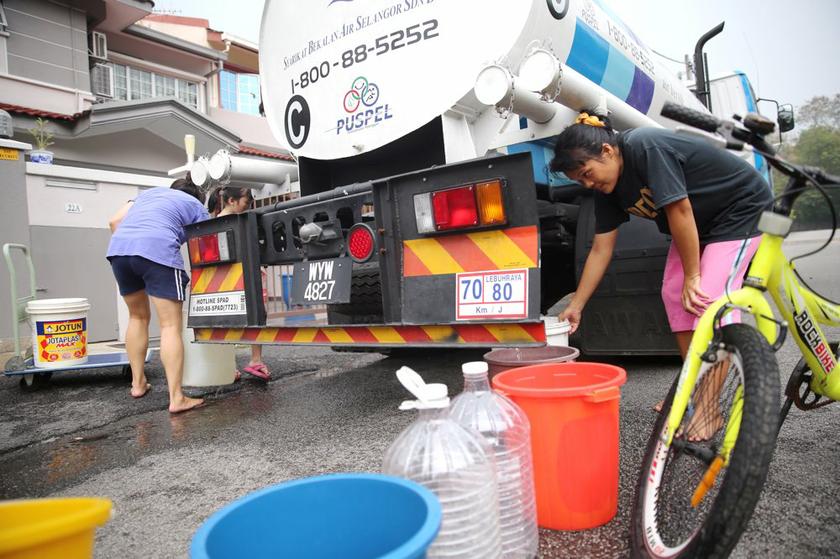
While a lot of people were left high and dry, it should be pointed out that Air Selangor did take steps to help people get access to water. Their measures included:
-
Sending 114 water tankers to critical areas such as hospitals
-
Setting up static water tanks in key areas
-
Handing out 23,000 five-litre bottles of drinking water to people living in high rise residences
However, with all that said, these are just temporary solutions. Ideally, we should try to prevent water cuts from happening at all, and the easiest way to do so is to reduce pollution.
Our Rivers are Not A Tong Sampah
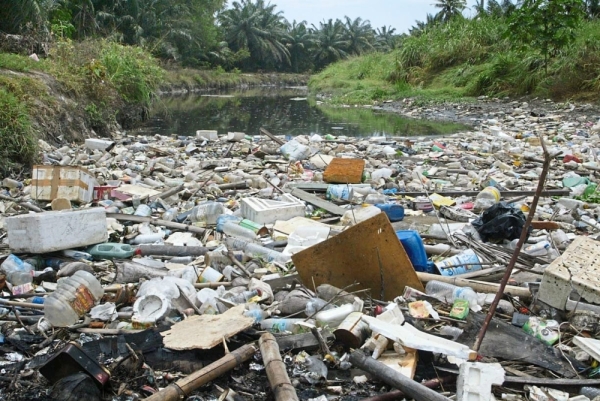
As mentioned earlier, these latest water cuts were mainly caused by irresponsible companies dumping chemicals into the river.
Four factory managers have since been detained under Section 430 of the Penal Code. If found guilty, each of them will face a jail term of between five to 30 years and/or a fine — a punishment that some argue is too light considering that this company was actually fined RM60,000 back in March for the same offense.
“Besides operating without a licence, we also found that the factory was built without MPS permission,” said MPS corporate department director Mohamad Zin Masoad.
At the end of the day, these four managers are just a symptom of a larger problem. If we continue to treat our rivers as a tong sampah, then it is only going to be a matter of time before this incident repeats again.
So What Can We Do?
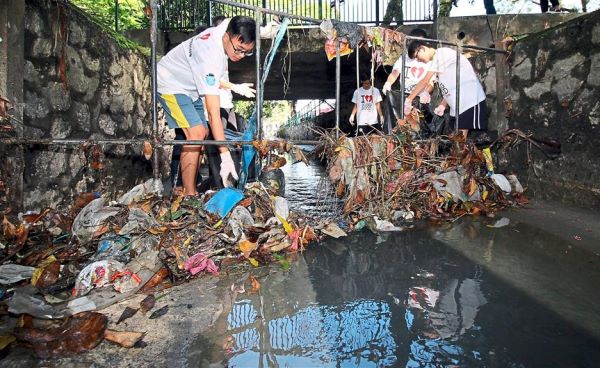
One of the easiest ways for you to make a difference is to do your part to reduce pollution. By buying sustainable products and recycling our rubbish, we can help to protect our environment for generations to come.
The good news: you’re not alone.
While some irresponsible companies are still causing problems, others have stepped up to help protect the environment. Over the past few years, many established local companies have begun implementing more environmentally friendly measures in order to reduce the amount of waste they produce.
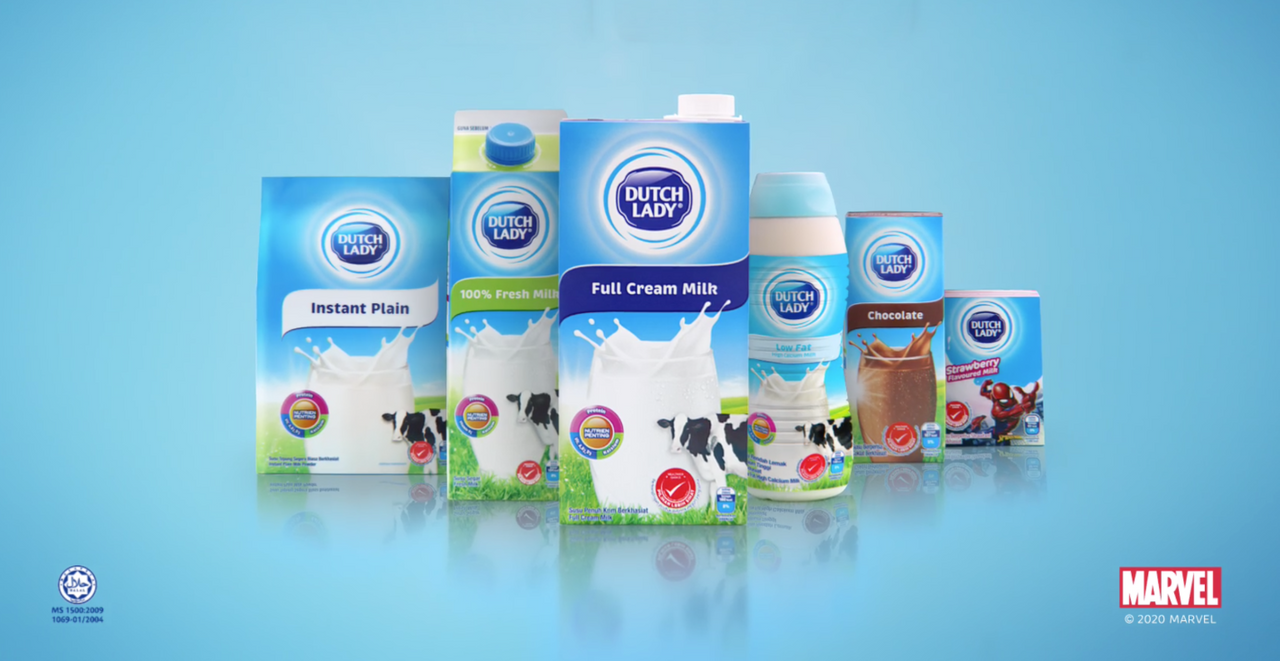
For example, Dutch Lady has recently relaunched their ever popular milk product range, with new packages made from recyclable materials sourced from the Forest Stewardship Council (FSC) certified forests and other controlled sources.
If you’ve bought any of their new products, you will notice that the back of the packaging has informative steps on how to recycle it properly — they even have a QR code that can guide you towards the nearest participating recycling center!
Buying from sustainable local sources doesn’t just help the environment — it helps our fellow Malaysians as well. By supporting local companies, you are also helping to support ordinary Malaysians from all across the nation.

